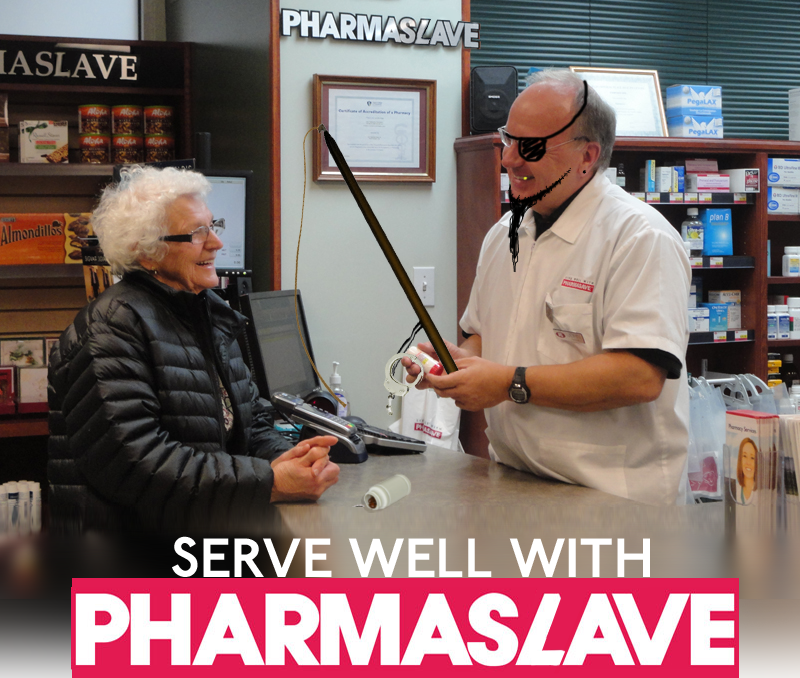TechnicalI used a sphering distort in order to make the countries fit on the planet better. Then using the clone brush and a star pattern I created the inside of the planet. Highlighting the edges of the countries I'd made earlier then switching layers to delete the edges of the star system gave me the stars in the shape of countries on Earth. After gettnig the basic layout I made about 260 shapes, all of them clean stars using photoshop's shape tool. The old stars look like a goopy mess, the new stars are all clean and perfect. The background was a simple vector and colour combo, nothing fancy.
Idea or Concept
I wanted to highlight the stars that surround every part of the planet. Universal was a word in my planning process and from there I used galaxies and nebulas until I finally settled on stars. My idea barely changed throughout the development of the image, though Matt's suggestion of adding chevrons did alter my image for the better. I did fiddle with a lot of combinations though, having tones and heavy lines representing the world, eventually settling on countries. Universally progressing forward is the theme here, and the colours are all appropriately complimentary. Every colour blends smoothly with one another.
Influences
The artists behind Brazil's flag were the ones to inspire me. They made a planet-like object in the middle with Spanish words surrounding it and from seeing that I knew it would be good to have a planet with its surrounding universe in the center of it. Their flag has the perfect layout for a global flag. The stars in the planet made me want to represent countries with stars.
The artists behind Brazil's flag were the ones to inspire me. They made a planet-like object in the middle with Spanish words surrounding it and from seeing that I knew it would be good to have a planet with its surrounding universe in the center of it. Their flag has the perfect layout for a global flag. The stars in the planet made me want to represent countries with stars.
Composition
My art is generally in the center. Like the UN flag, we're centered within ourselves. The lines are horizontal and the countries are all around the image, but everything goes back to the center. There aren't suns or moons in corners or other assymetrical features. The viewers eye therefore goes around the image then returns to the world at its core. If I were to aim any differently in this project I would have the four corners with appropriate logos to represent unity and peace, but it would be hard to find appropriate images that don't prefer one country over another.
Motivation
I was motivated by Brazil. They made a beautiful piece of work and I wanted to make something equally good for an imaginary united world. They were my competition and I was motivated to usurp them. Other motivations lay in making a flag with continents that looked pleasing to the eye while conveying the importance of the surrounding universe in the planet.
Critical Assessment
The best part of the image is a toss between the stars representing Earth's continents and the chevrons that tie the image together so well. Between those I'd say the stars in the planet were the best executed part. The chevrons were surprisingly good when I included them as a joke. They fit perfectly and with orange they fixed the composition very well, while being a representation of progress. With additional time I would not change anything. I've been given far more time than I should have had to finish this and for many hours I replaced colours and added silly graphics that did nothing to improve my photo. It's perfect in being simple, adding things to it will not improve it, it will hinder its simplicity. As an evample of what I've done here are a few alternate designs I made. From a distance the chevrons were far more noticeable, therefore they worked much better in a flag situation. The stars were too small in the flags below, and had I made them bigger they would have become distracting and taken away from the simplicity of the flag.





























